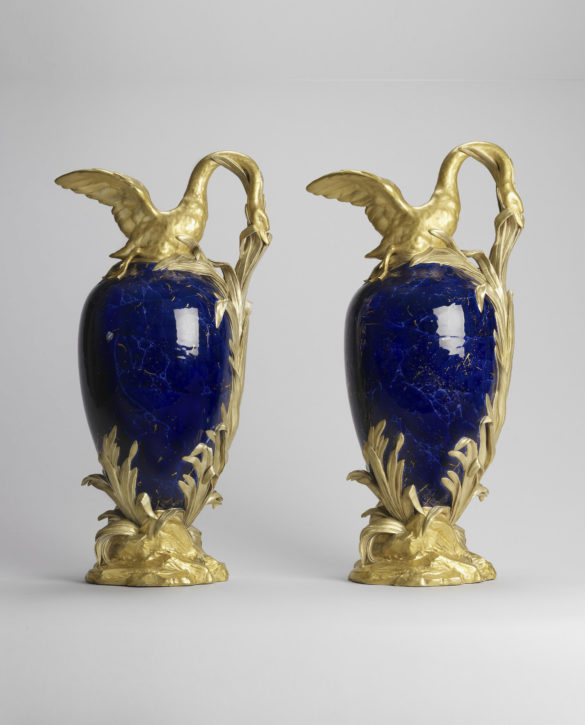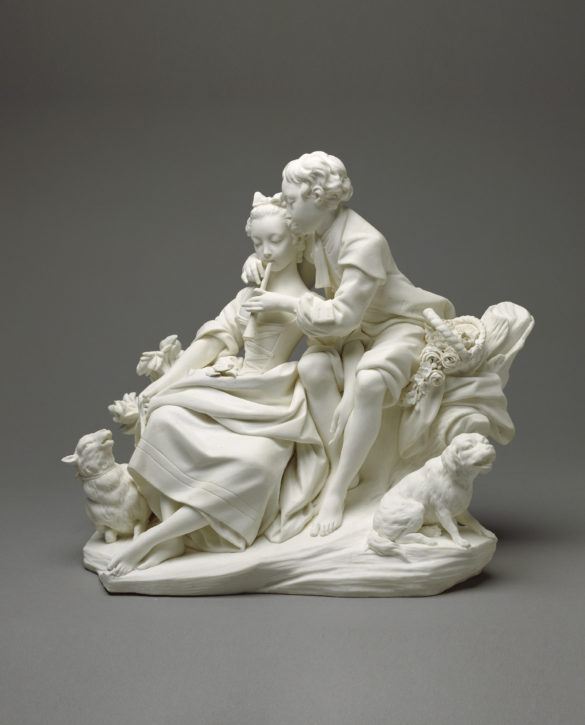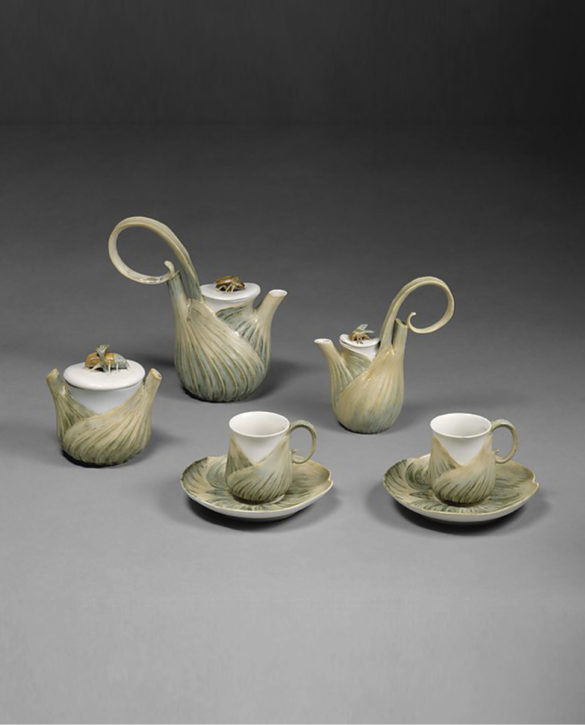SOFT-PASTE PORCELAIN
Soft-paste porcelain, known as ‘pâte tendre’ in France, is artificial porcelain. It shares many of the features of ‘true’ or Oriental porcelain, transmitting light, a white body or paste, but it lacks the critical ingredient, kaolin or china clay, and can crack if exposed to boiling water. In France, artificial porcelain was commercially produced from the late seventeenth century at the Saint-Cloud manufactory, just outside Paris. It contained a glassy frit (calcined and ground to a powder), mixed with white clay and chalk.
Objects were fired before glazing, when there was some shrinkage, and fired again when covered with a lead-glaze, sometime made opaque and whiter with the addition of tin oxide. The term ‘soft’ refers to the lower temperatures required compared to hard-paste porcelain. Soft-paste was an expensive process owing to the many losses resulting in sagging, firing cracks and blemishes. It was produced at Sèvres until 1804, when it was discontinued when hard paste was produced exclusively.
Vase ‘urne antique’, after Jean-Claude Duplessis, Vincennes/Sevres, c. 1755-7. (Metropolitan Museum of Art, Inv. no. 58.75.112a, b)




